Subway has announced that its U.S. stores will only offer Pepsi products. This announcement is a huge blow to Coca-Cola, Subway’s original drink supplier. This news is also yet another indication that the ongoing war between PepsiCo and Coca-Cola isn’t slowing down any time soon.
For almost twenty years, Coca-Cola was the drink provider for Subway, making the sandwich chain one of their biggest clients.
Subway and Pepsi’s New Deal
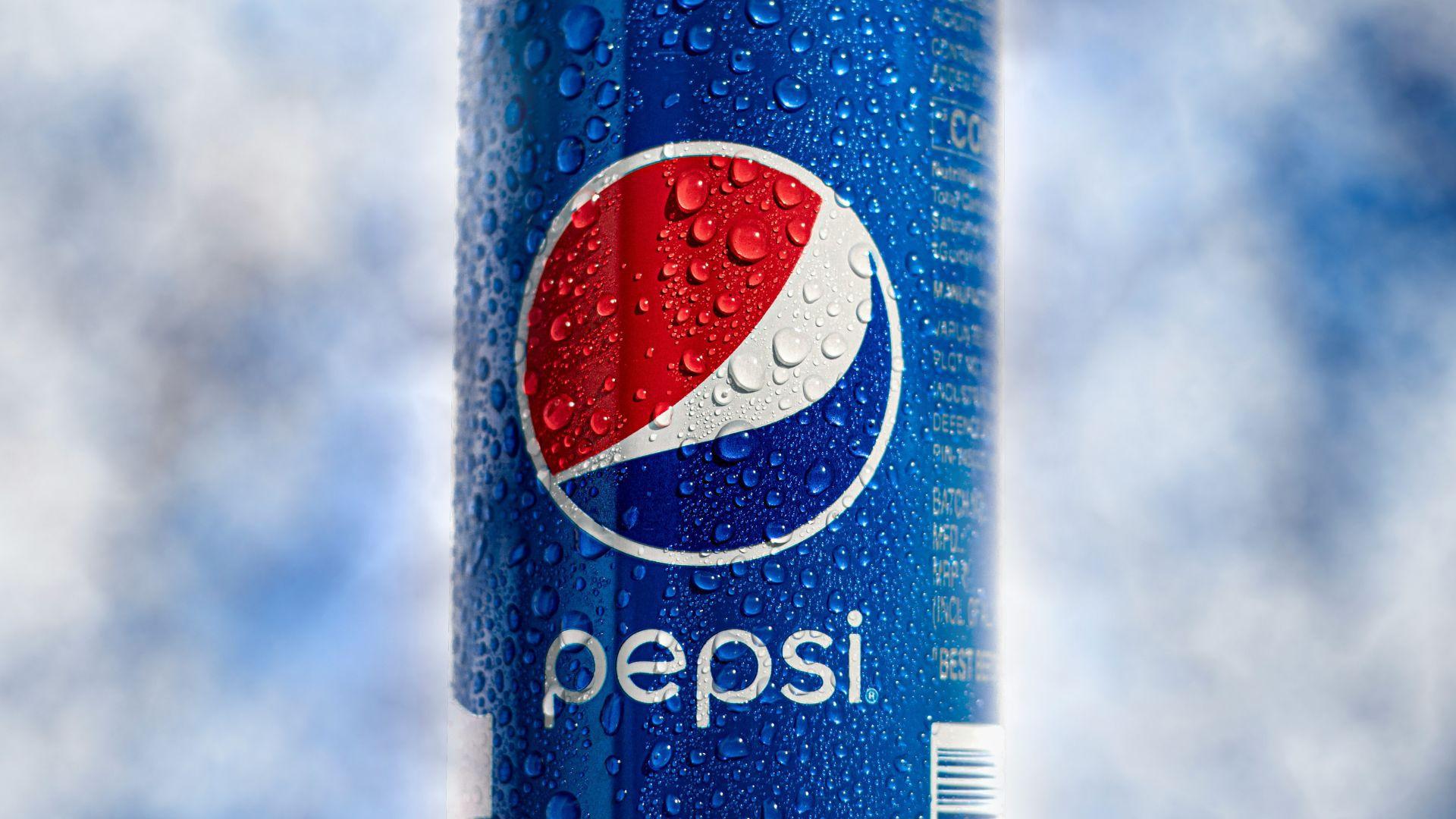
This new agreement between Subway and Pepsi will result in customers being able to buy Pepsi products such as Pepsi, Mountain Dew, and Gatorade at all U.S. locations. The deal will officially begin in January of 2025.
Subway also inked an extension of their contract with Frito-Lay, which is owned by PepsiCo. Frito-Lay will now provide snacks at Subway into 2030.
Pepsi in 20,000 Subways
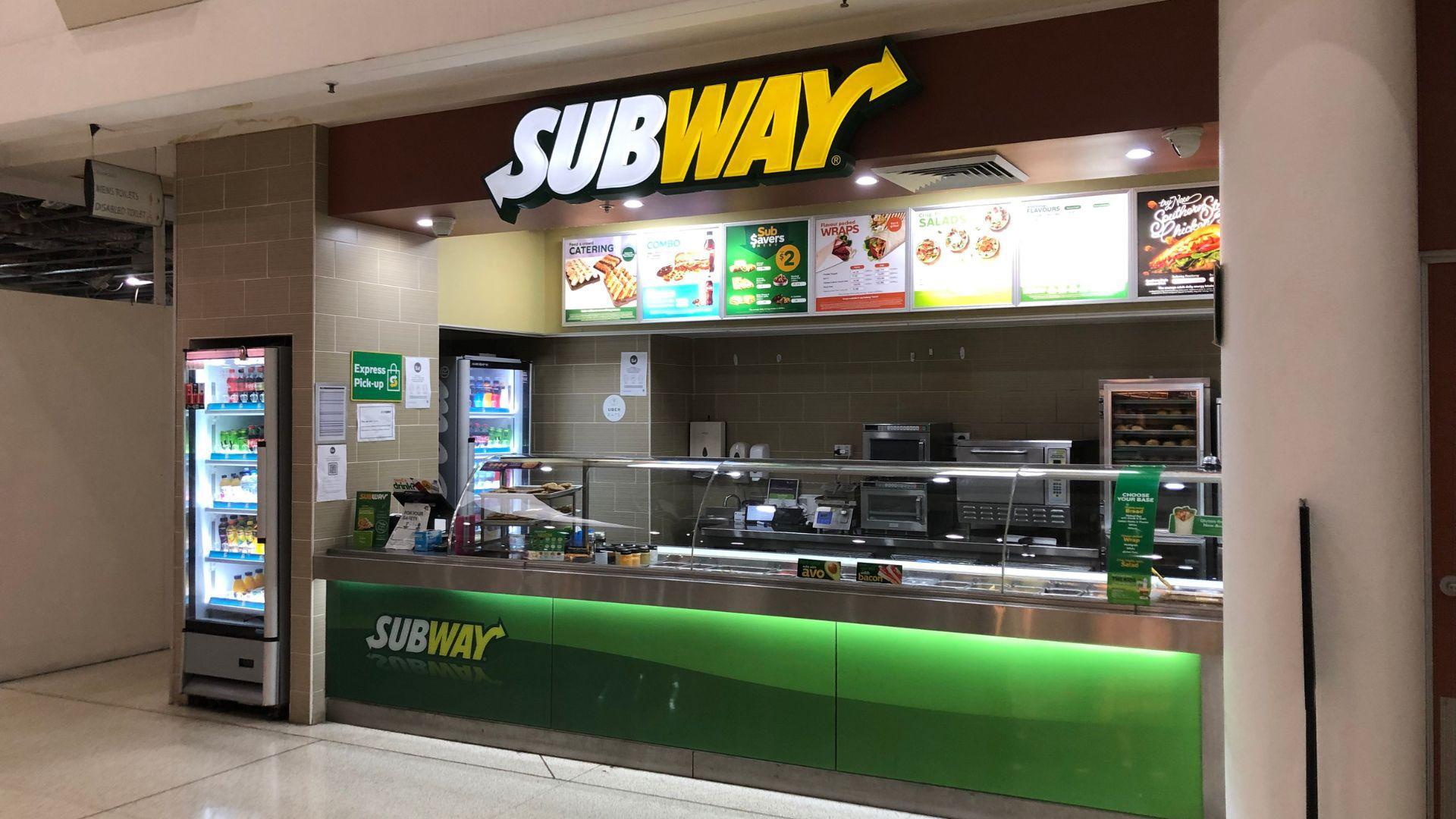
Thanks to this new deal, Coca-Cola will now no longer be in the 20,000 Subway stores in the U.S. — but Pepsi will. This huge win for Pepsi comes as the company continues to try to oust Coca-Cola as the highest-valued beverage company.
Before this Pepsi deal, Subway was Coca-Cola’s largest fountain account because of the number of stores the sandwich chain has in the U.S. and around the world.
Coca-Cola’s Statement
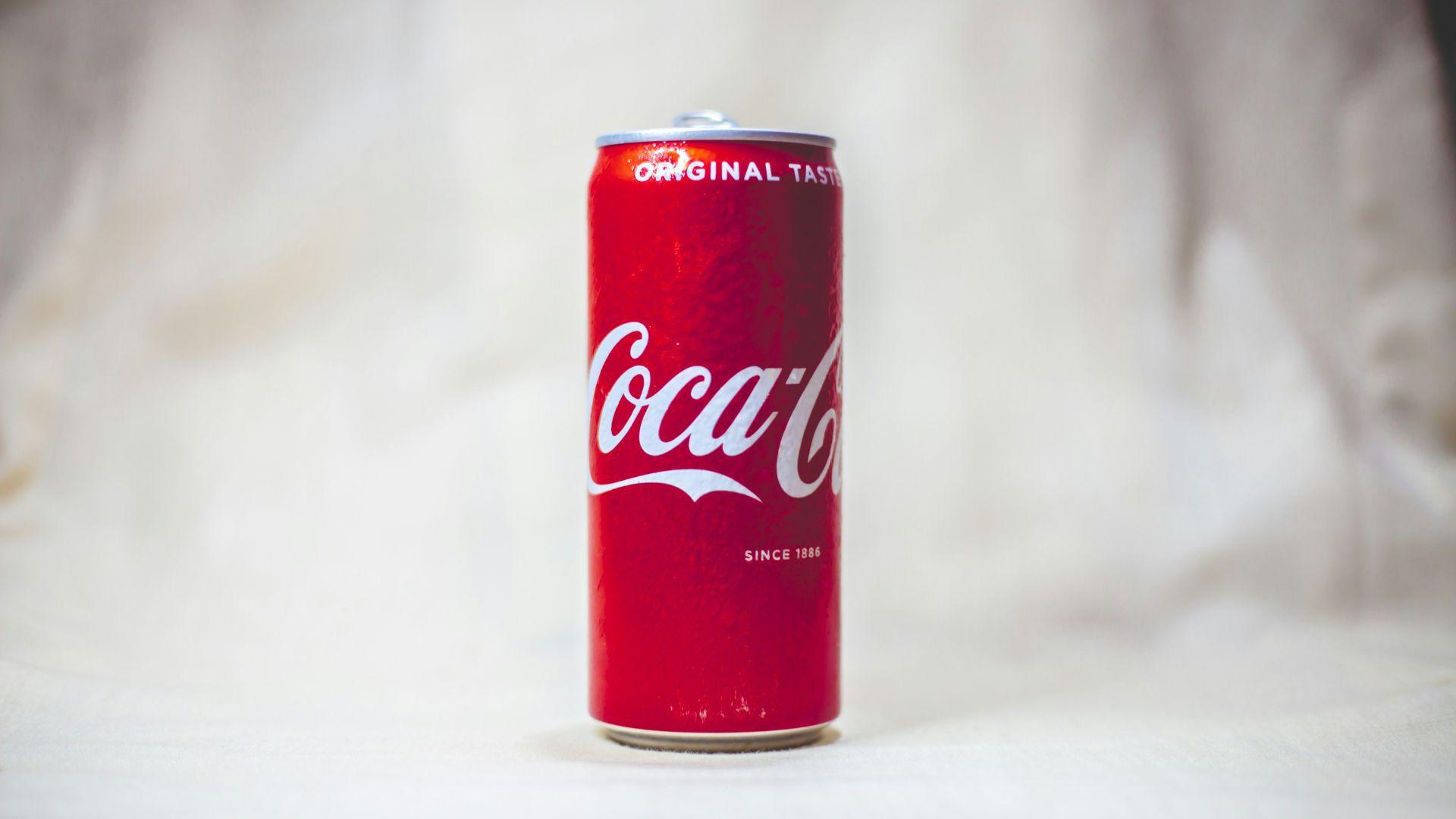
Coca-Cola did release a statement after news of Subway and Pepsi’s deal made headline news.
“For nearly twenty years, The Coca-Cola Company has proudly served Subway restaurants in the U.S,” this statement read. “We are committed to serving Subway through the end of this year and will remain focused on delivering value for Subway, their Franchisee Partners, and consumers.”
An Ongoing War
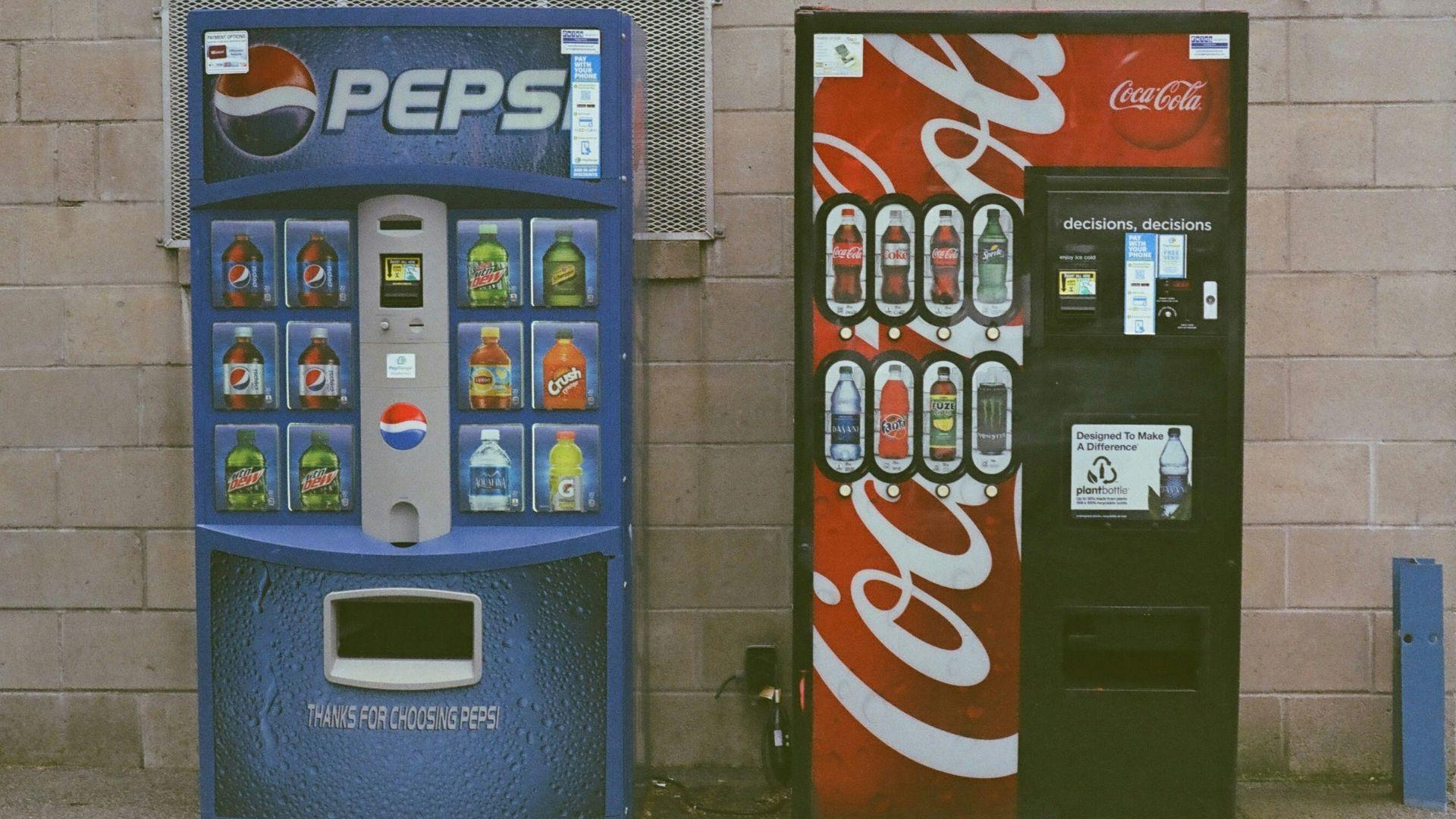
For more than 100 years, an ongoing battle has been fought between Coca-Cola and PepsiCo. Pepsi has long tried to become the highest-valued beverage company, a crown that Coca-Cola has worn for 17 years now.
In the latest version of this war, Coca-Cola and Pepsi are battling it out at chains and restaurants, as seen with this new Subway news.
A Struggling Soda Industry
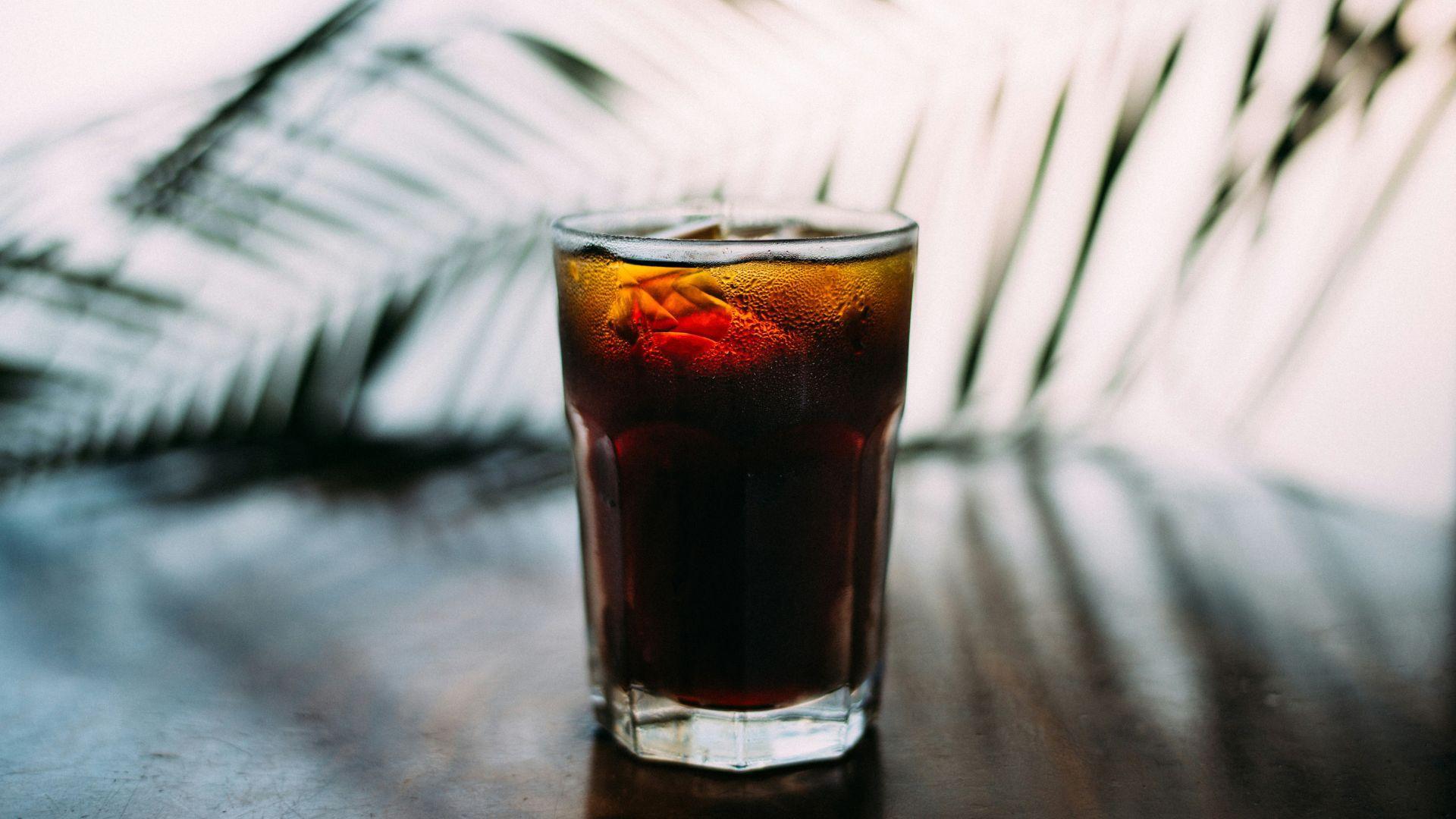
However, Coca-Cola and PepsiCo have more to worry about than each other at the moment. The soda industry has been hampered recently by a variety of different factors.
Sales of soda have dropped thanks to high prices that have become normal under this ongoing period of high inflation. Pepsi even saw a slow fourth-quarter revenue growth because of its price hikes in 2023.
The Decline of Soda Consumption
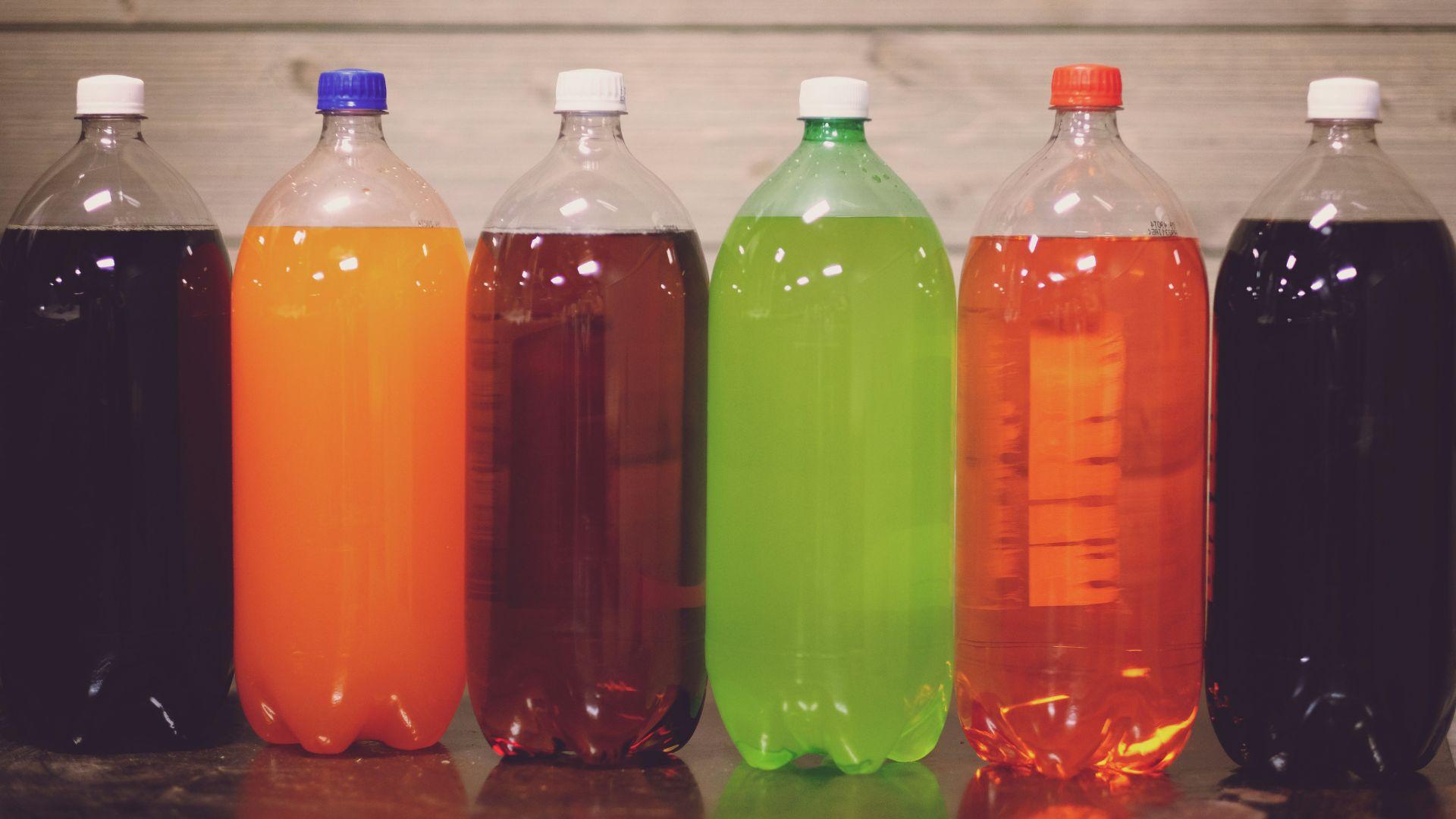
Many Americans have also limited the amount of soda they consume in the past few decades. This is likely for many different reasons. However, many in the United States have chosen to stop drinking soda as they search for healthier alternatives.
Some statistics have also suggested that an increased use of weight loss drugs, such as Ozempic, has also led to a decrease in soda sales across the board. However, this downward trend was apparent before the Ozempic craze really took off.
A Change in Products

Gen Z has also become more interested in healthier drinks. As a result, both Pepsi and Coca-Cola have tried to change up some products, offering new alternatives to the younger and healthier generations.
This has led to Pepsi’s new launch of Bubly Burst. Bubly Burst are seltzers that are lightly sweetened. These are touted as better, healthier alternatives to soda.
Targeting Gen Z
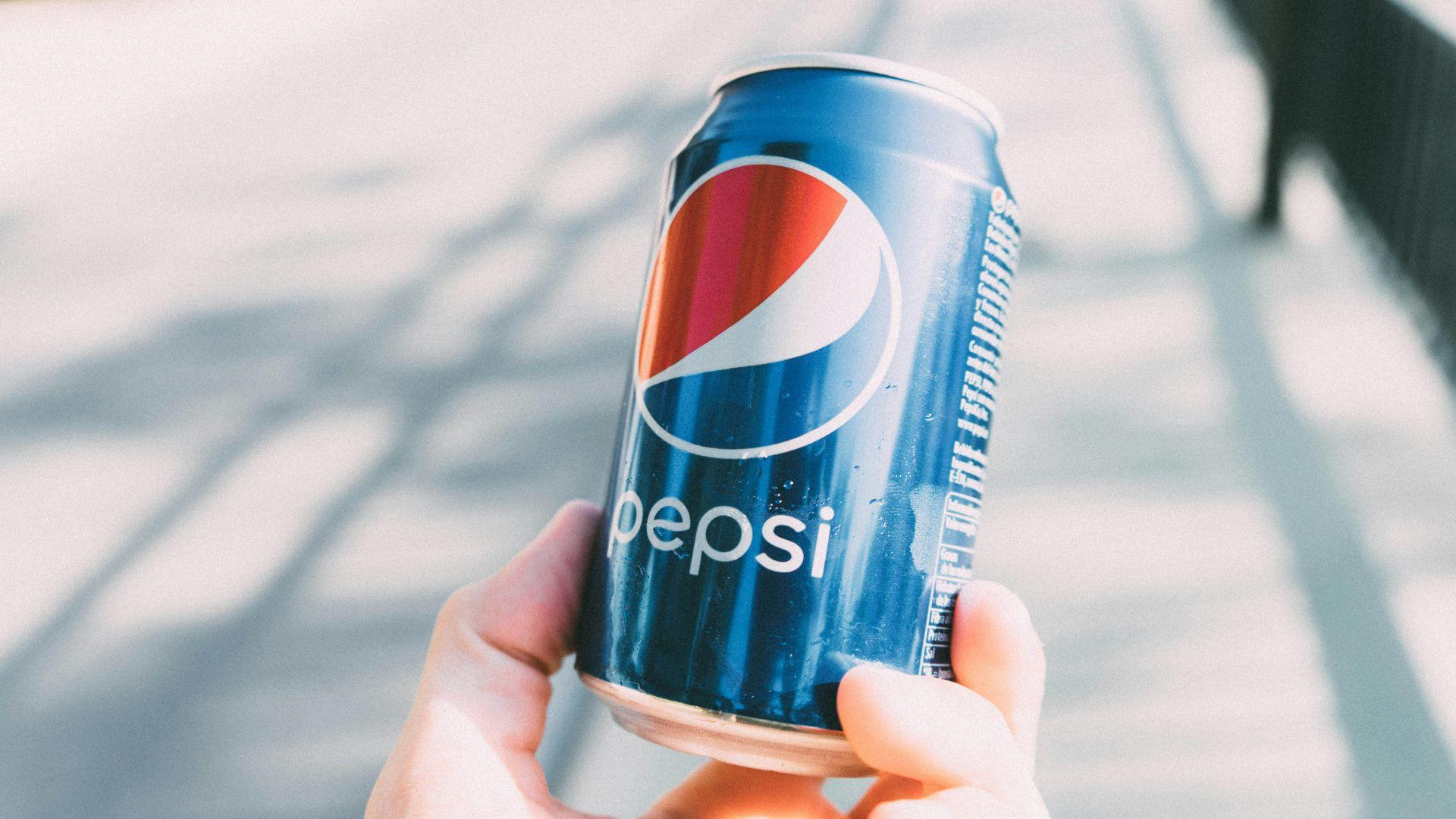
Pepsi and Coca-Cola have also tried to target Gen Z and younger generations with other product launches. For example, Coke’s recent spicy flavor of drinks is marketed to the young.
Meanwhile, Pepsi created a Doritos-flavored cocktail to try to win over Gen Z. These types of products, and newer product launches, will likely continue as these soda companies try to bring in more Gen Z drinkers.
Sales at Pepsi and Coca-Cola
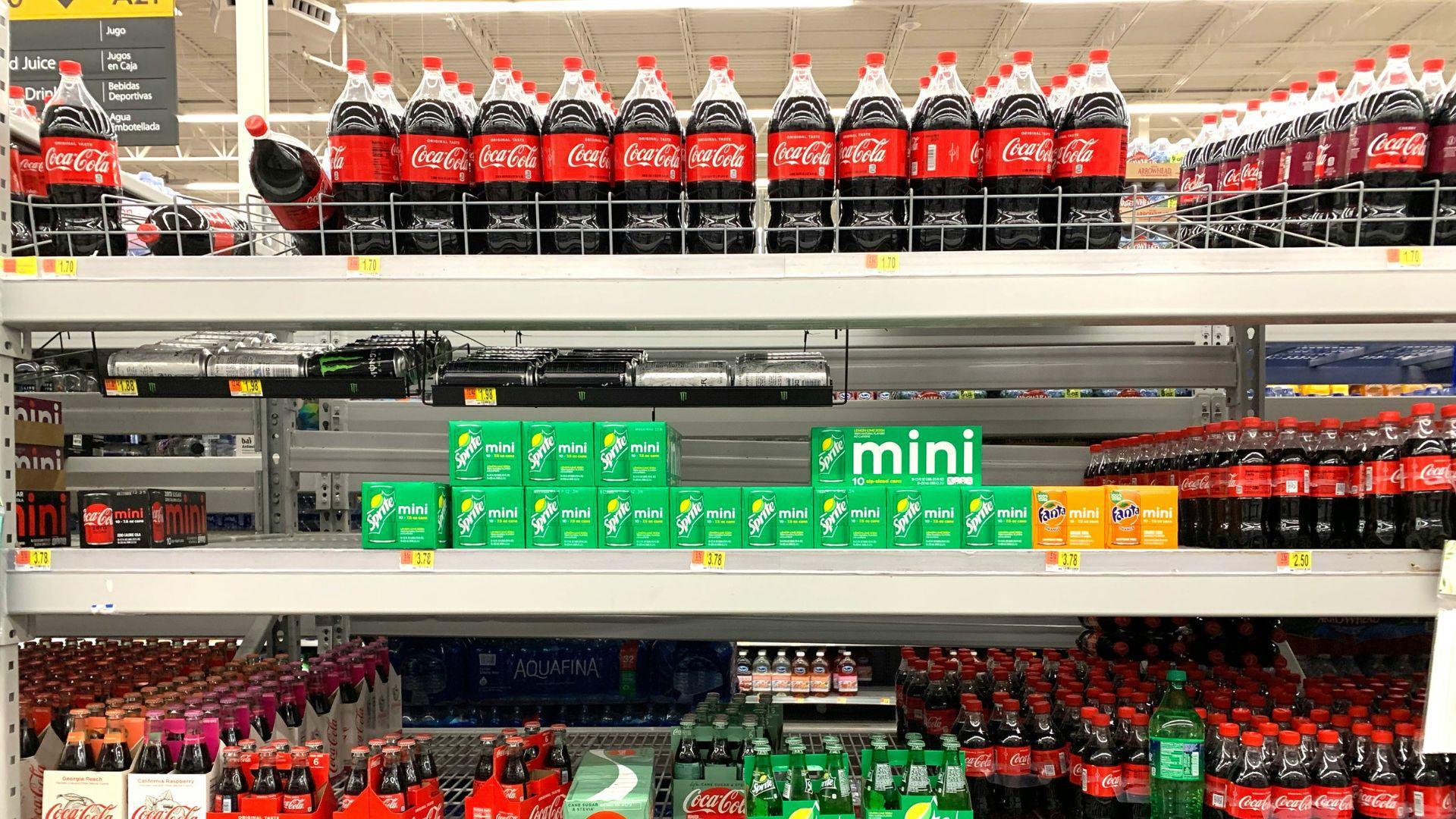
Though Pepsi saw a slowed revenue growth in the fourth quarter, the company still posted profits. These profits even exceeded expectations. However, PepsiCo still falls behind Coca-Cola in many ways.
Coca-Cola has growing sales volumes, which Pepsi doesn’t. In the fourth quarter, Coca-Cola also saw a 7% increase in its gross profit.
Bottling
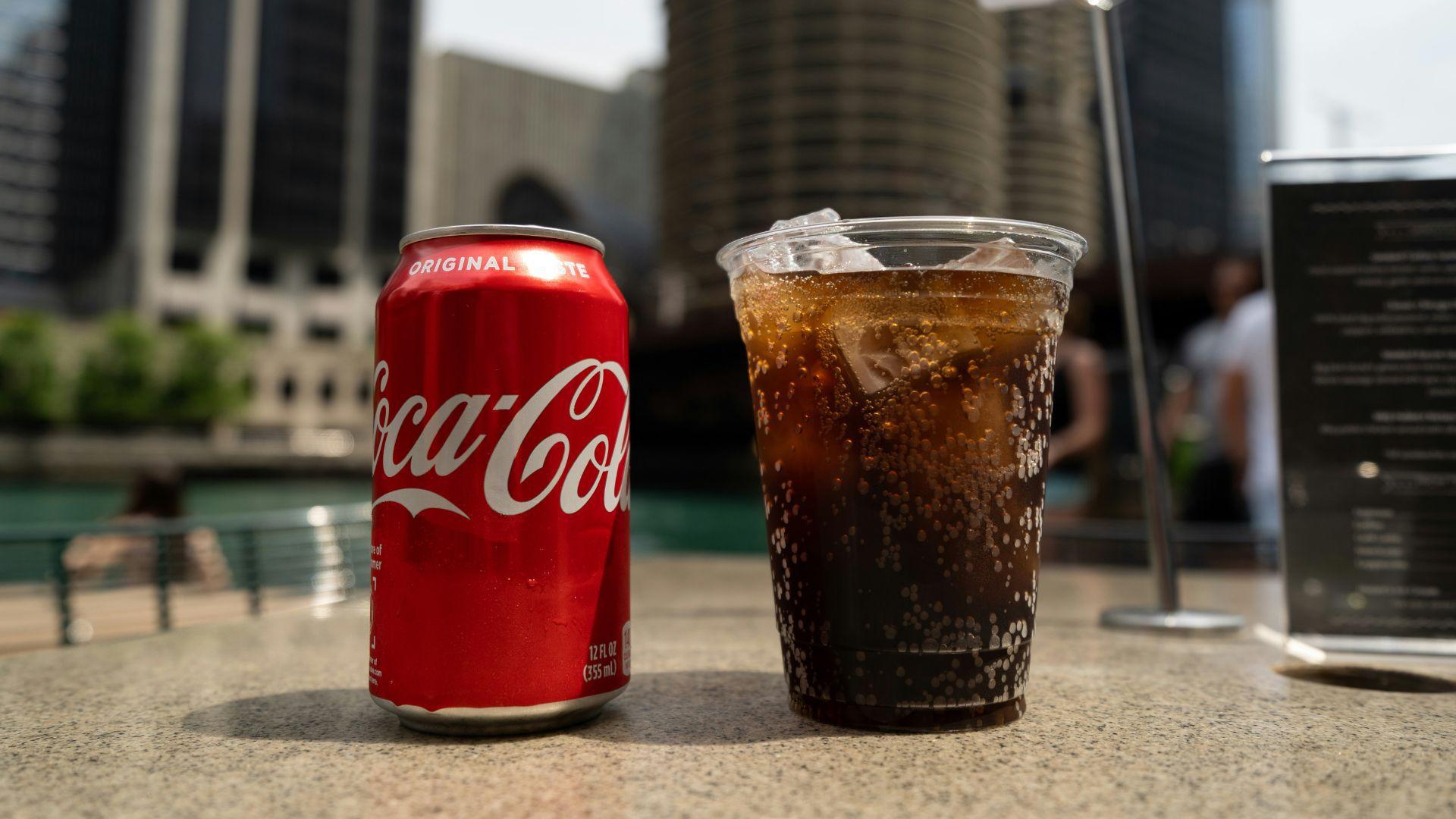
Coca-Cola and Pepsi differ in many ways. However, their methods for their bottling operations are perhaps where the two companies are most different.
Coca-Cola uses independent bottlers. Pepsi, meanwhile, owns 75% of its bottling services in North America. Coke’s use of independent bottlers means they don’t have to invest a ton of resources into its bottling operations as Pepsi does.
Subway’s Growth
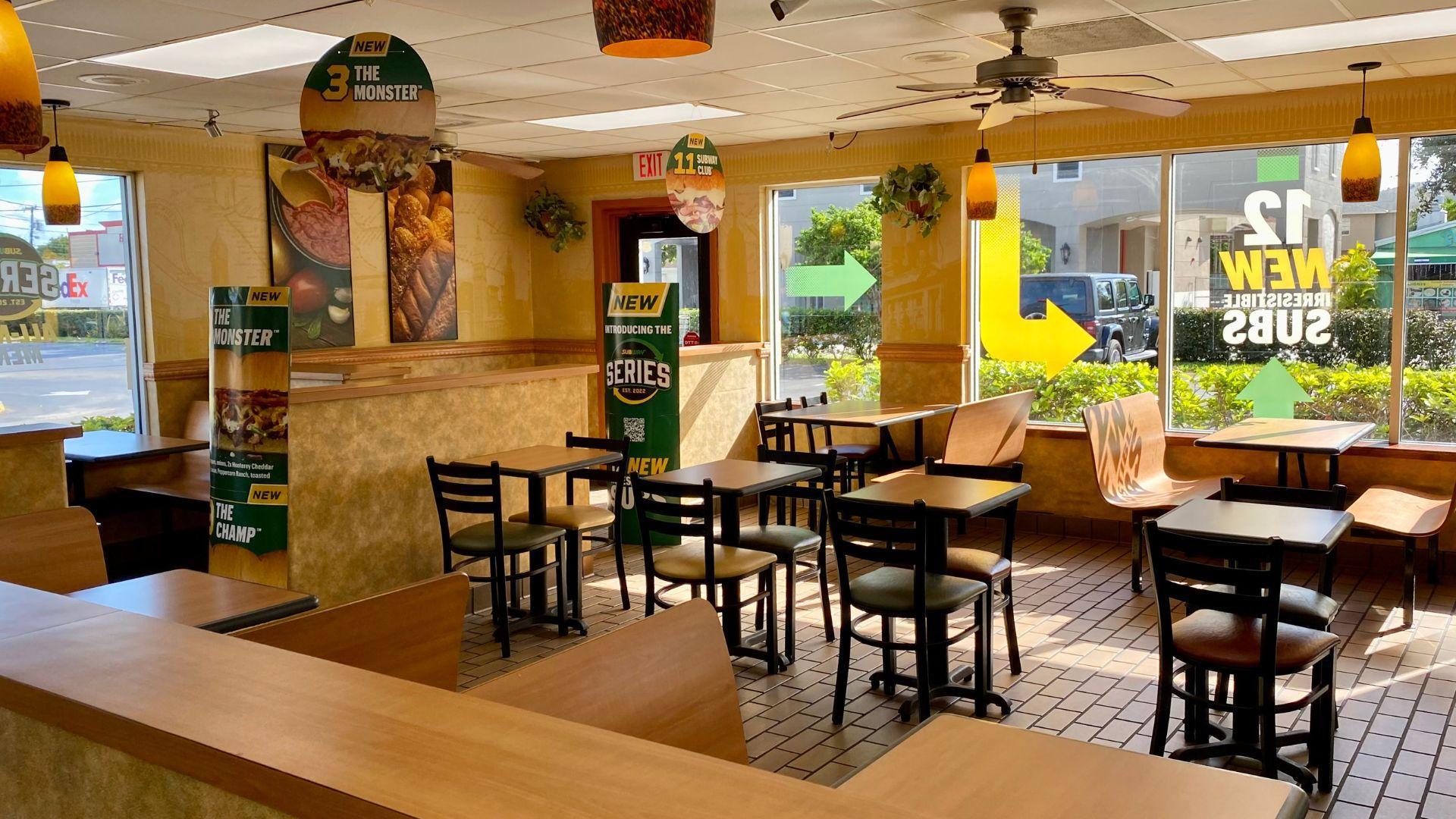
Subway has about 37,000 shops around the world. Perhaps the most important reason why it’s been fought over by Pepsi and Coke is because Subway is still growing.
Recently, Subway revealed that they had agreed to a franchise deal with McWin, a private investment fund. This deal will see about 600 new sandwich eateries open throughout Europe.
